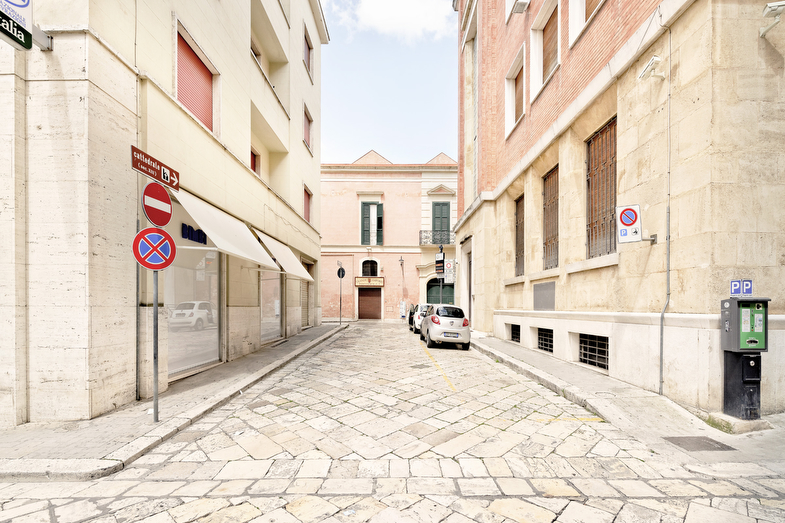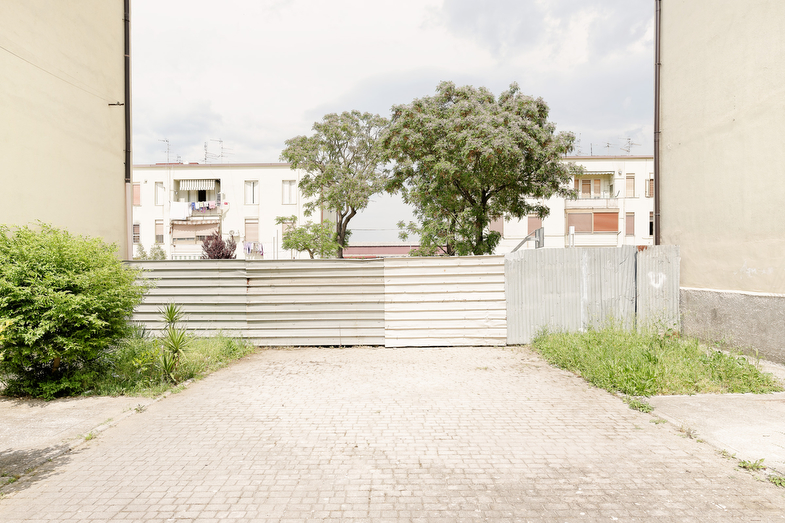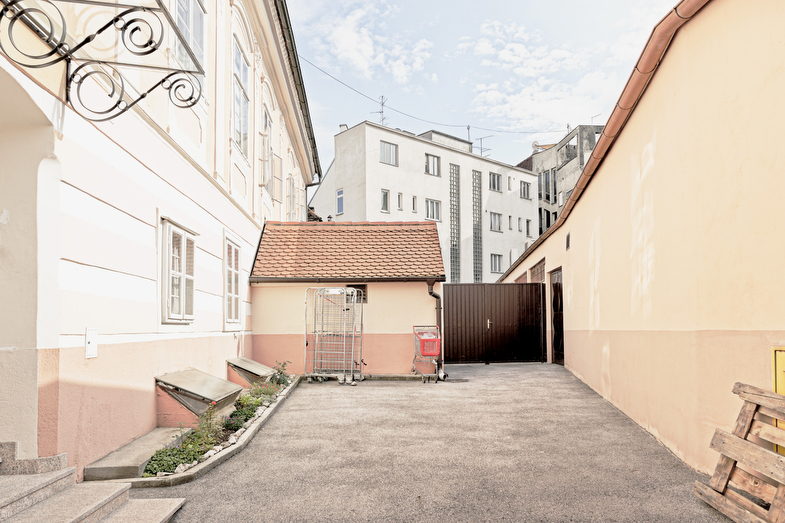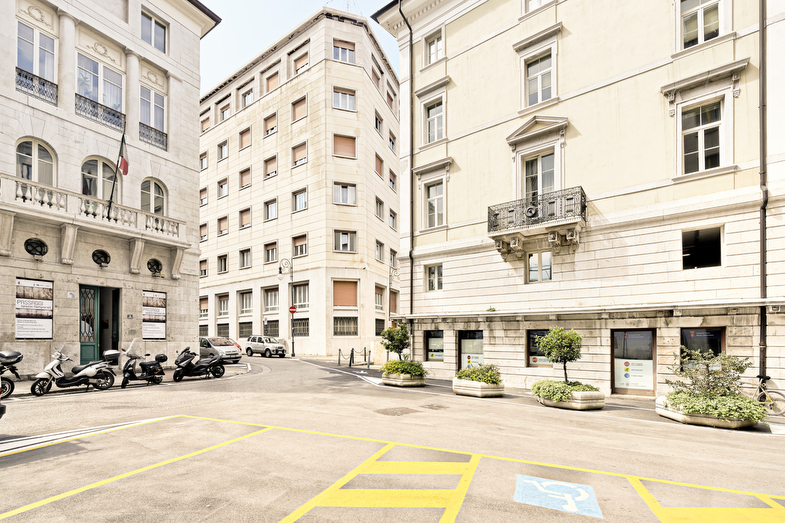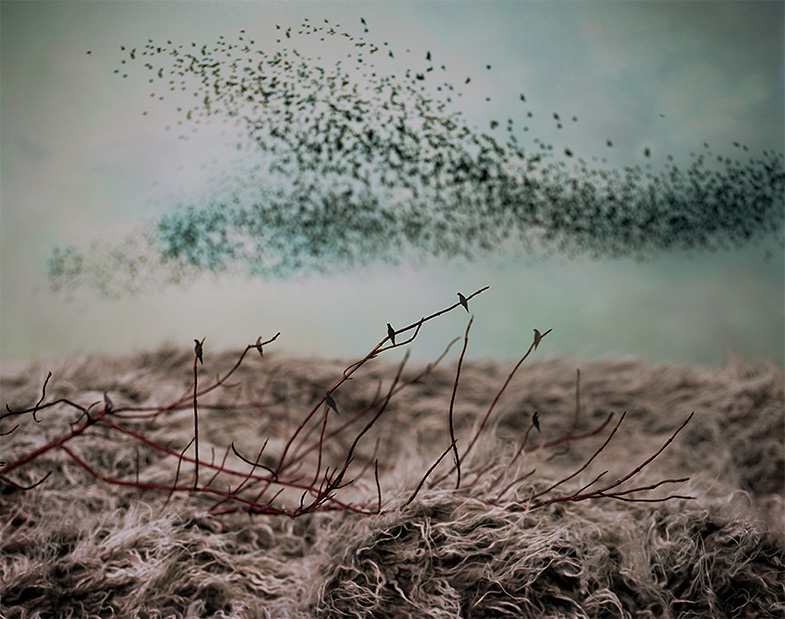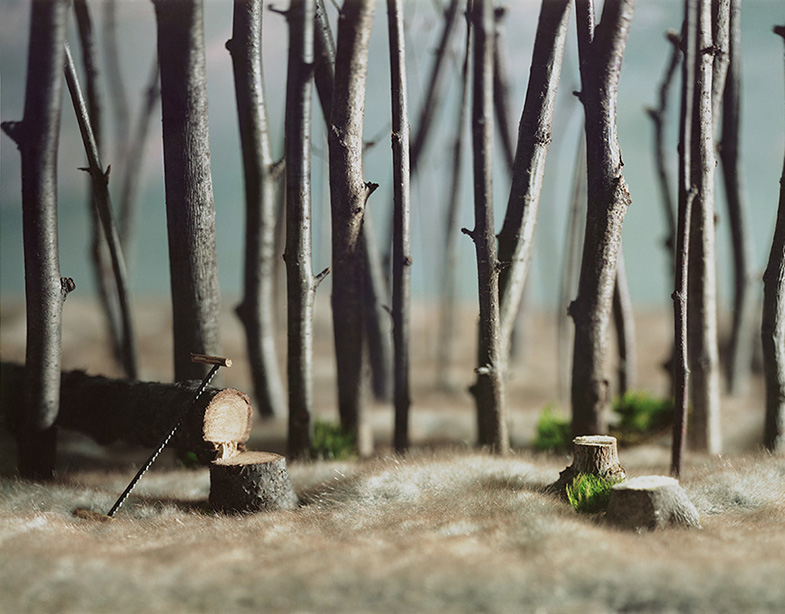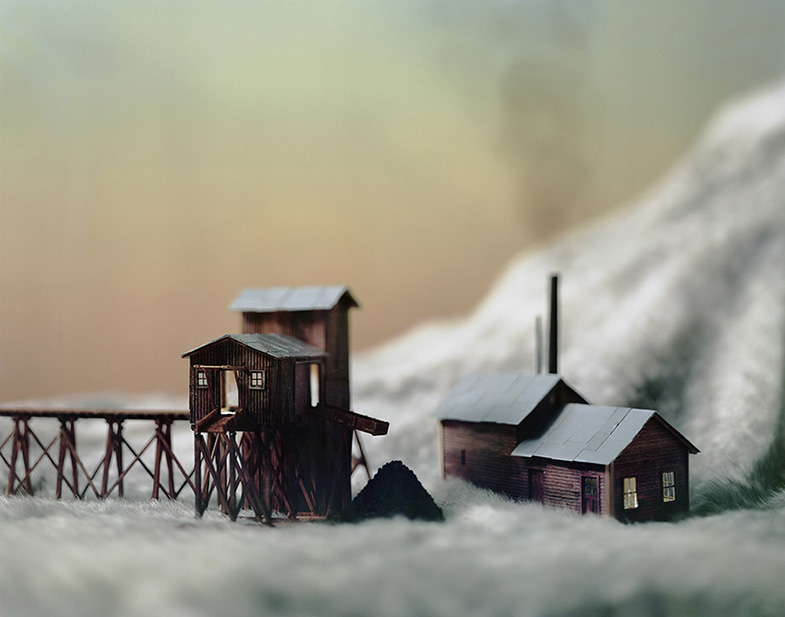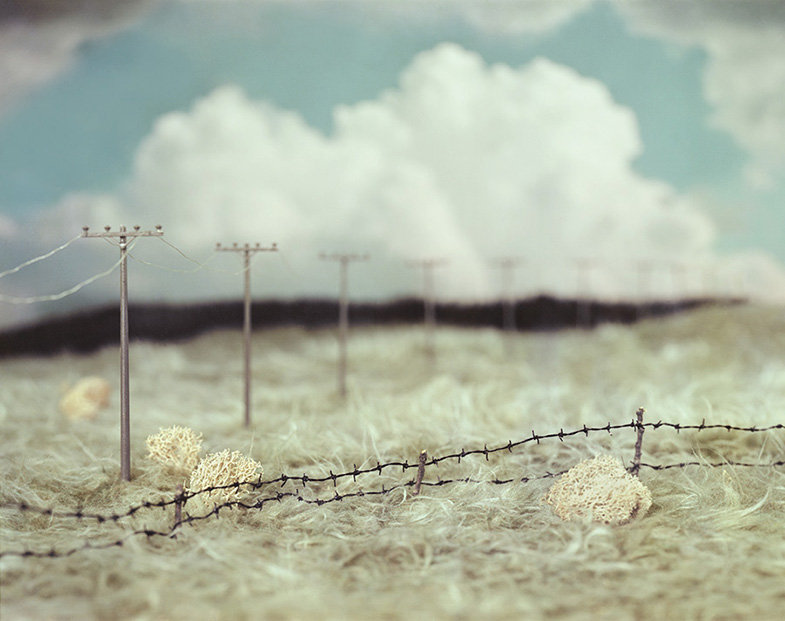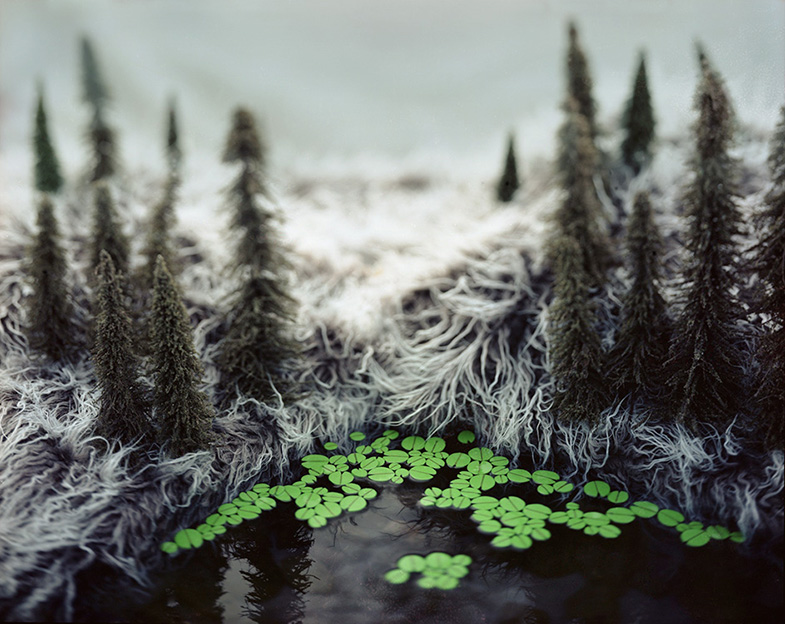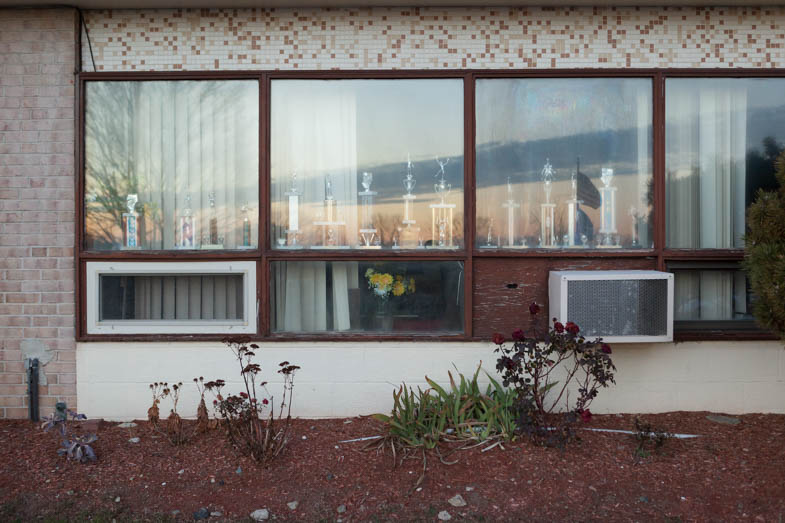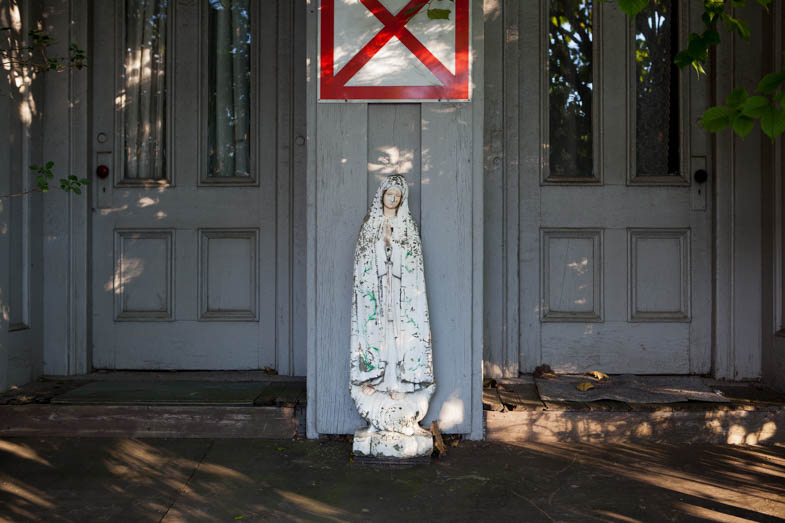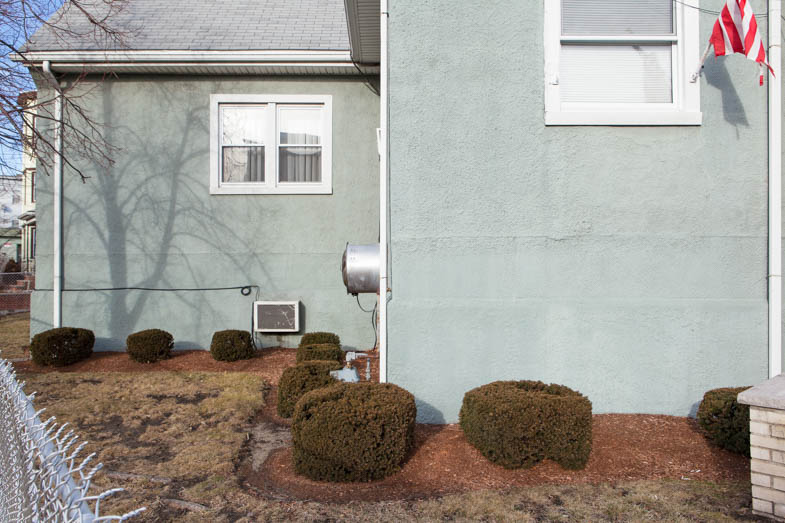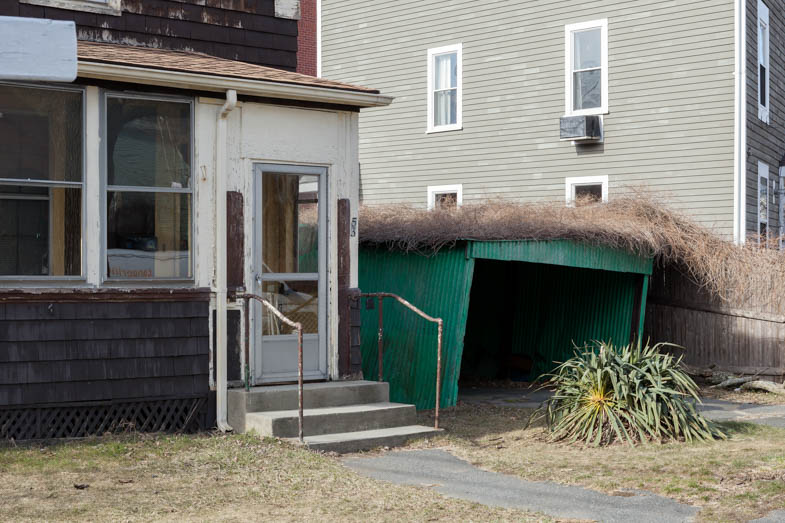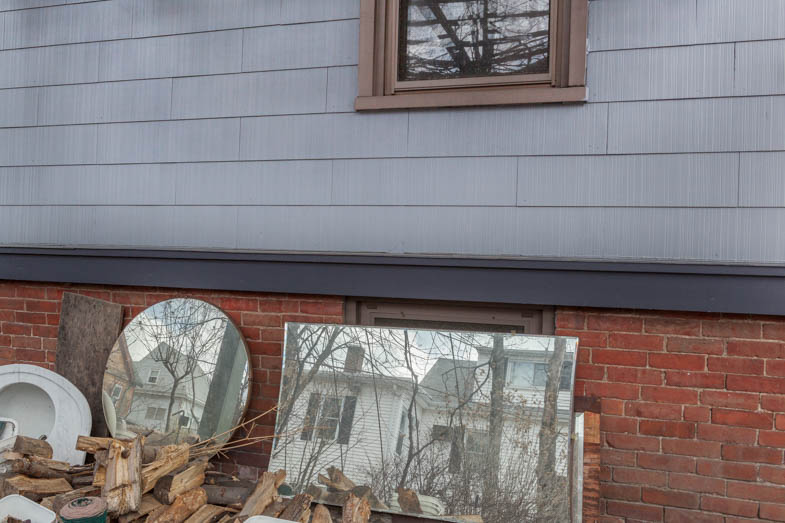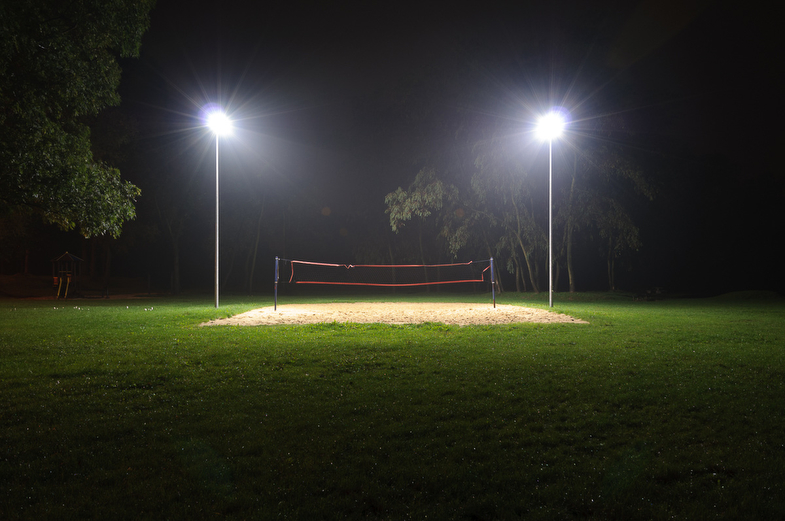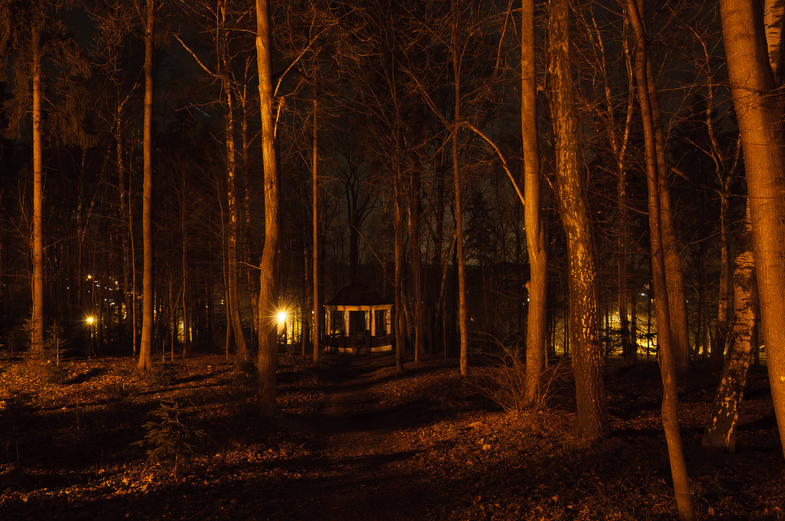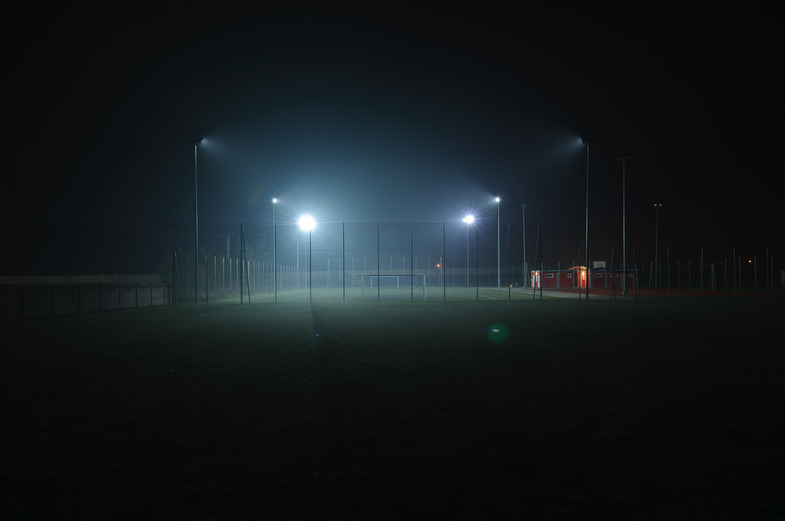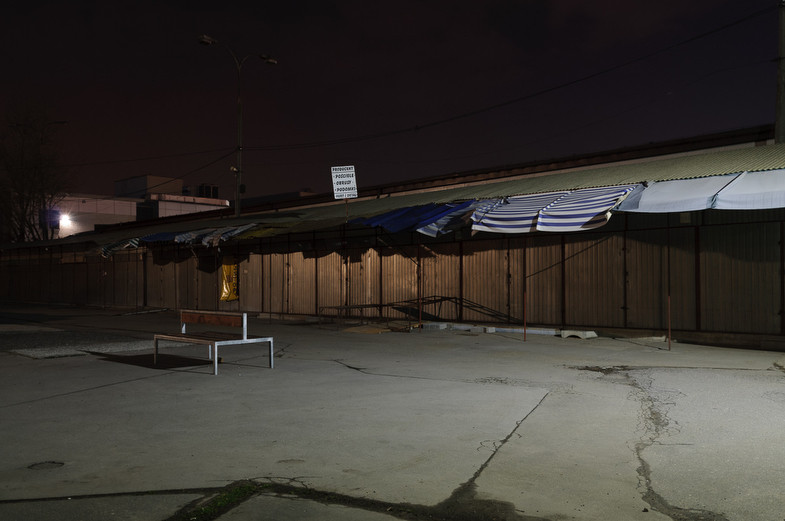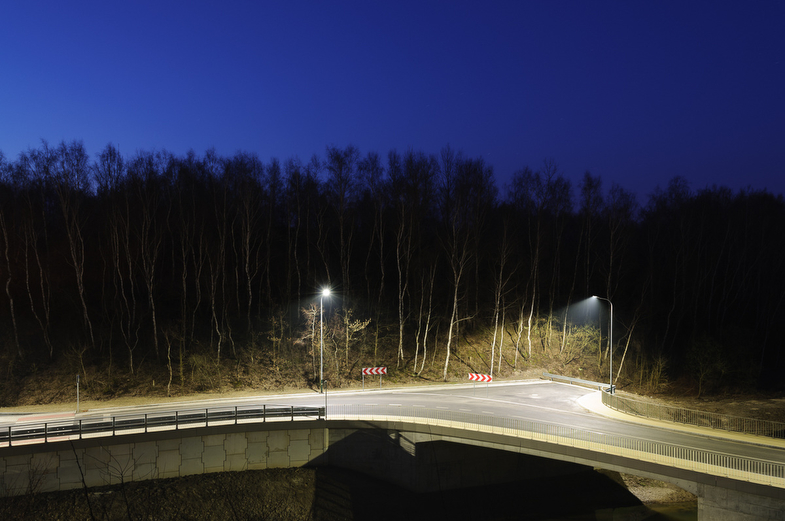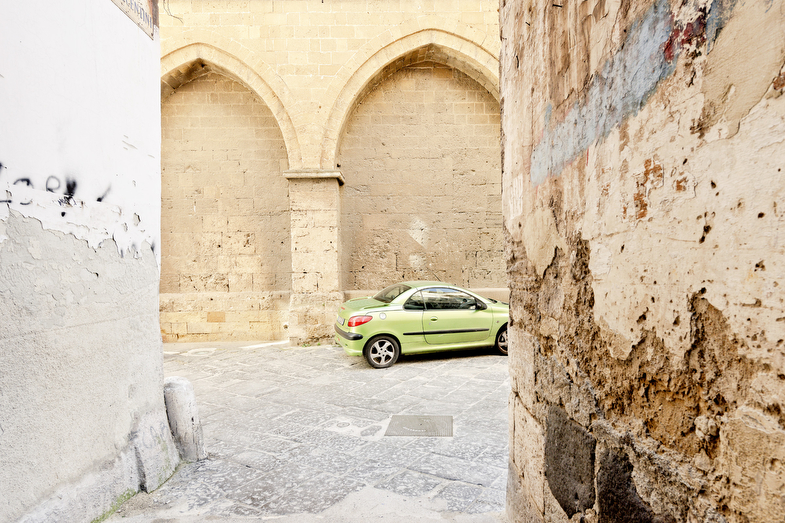
I have always been fascinated by the Renaissance paintings of the ideal city. Order, geometry, light: the main characteristics of these paintings. With A Neutral Place I want to rebuild my ideal city, and I tried to bring together all the places I visited in an imaginary and unique city. The same perspective and geometry, the same light and order, even if the cities are many, all different. I then made a series of photographs analyzing the urban spaces to isolate what interested my research, eliminating any element of disturbance, isolating the scene from the context of the modern city, seeking order in the chaos.
It is not therefore a documentation, but a reconstruction through conscious choices. In this way, those who look at my photographs are in a unique city, real but at the same time imaginary and invisible. Basically the purpose of art is to make the invisible visible.
— Franco Sortini, Salerno, Italy
